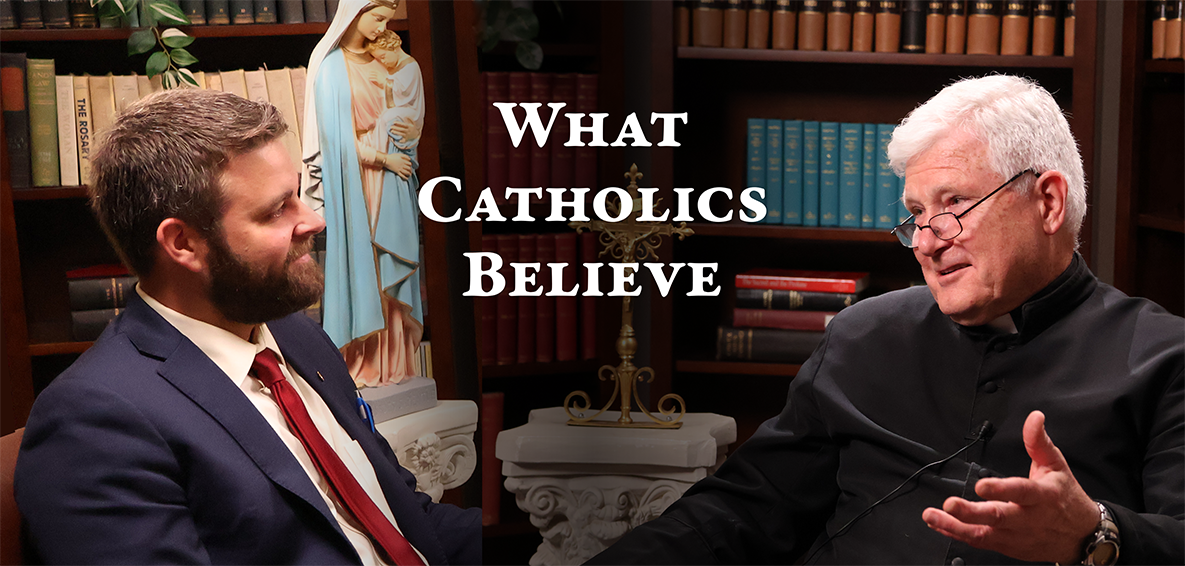Maundy Thursday
“For as often as you shall eat this bread and drink the chalice, you shall show the death of the Lord, until He come.”
The feast of Maundy (or Holy) Thursday solemnly commemorates the institution of the Eucharist and is the oldest of the observances peculiar to Holy Week.
THE ALTAR OF REPOSE
As soon as the Mass is over, a procession is formed to the place prepared for the sacred Host, which is to be reserved for the morrow. The celebrant carries it beneath a canopy, as on the feast of Corpus Christi; it is not however exposed, as on that day of its triumph, but concealed in a chalice closely veiled. During the procession, the choir sings the Pange Lingua, a well-known hymn of the blessed Sacrament.
THE STRIPPING OF THE ALTARS
As soon as Vespers are over, the celebrant returns to the sanctuary, assisted by the deacon and sub-deacon. He goes to the altar, and takes off the cloths and ornaments. This ceremony signifies the suspension of the holy Sacrifice. The altar should be left in this denuded state, until the daily offering can be again presented to the divine Majesty; that is, when the Spouse of the holy Church shall arise from the grave, the Conqueror of death. He is now in the hands of His enemies, the Jews, who are about to strip Him of His garments, just as we strip the altar.
He is to be exposed naked to the insults of the rabble; and for this reason, the psalm selected to be recited during this mournful ceremony is the twenty-first, wherein the Messias speaks of the Roman soldiers dividing His garments among them. “They parted my garments among them, and upon my vesture they cast lots.”
THE WASHING OF THE FEET
The ceremony of the washing of the feet is also called the Mandatum, from the first word of the first antiphon. After the deacon has chanted the Gospel of the Mass of Maundy Thursday, the celebrant takes off the cope, girds himself with a towel, and, kneeling down, begins to wash the feet of those who have been chosen.
—
Text taken from Guéranger's The Liturgical Year

